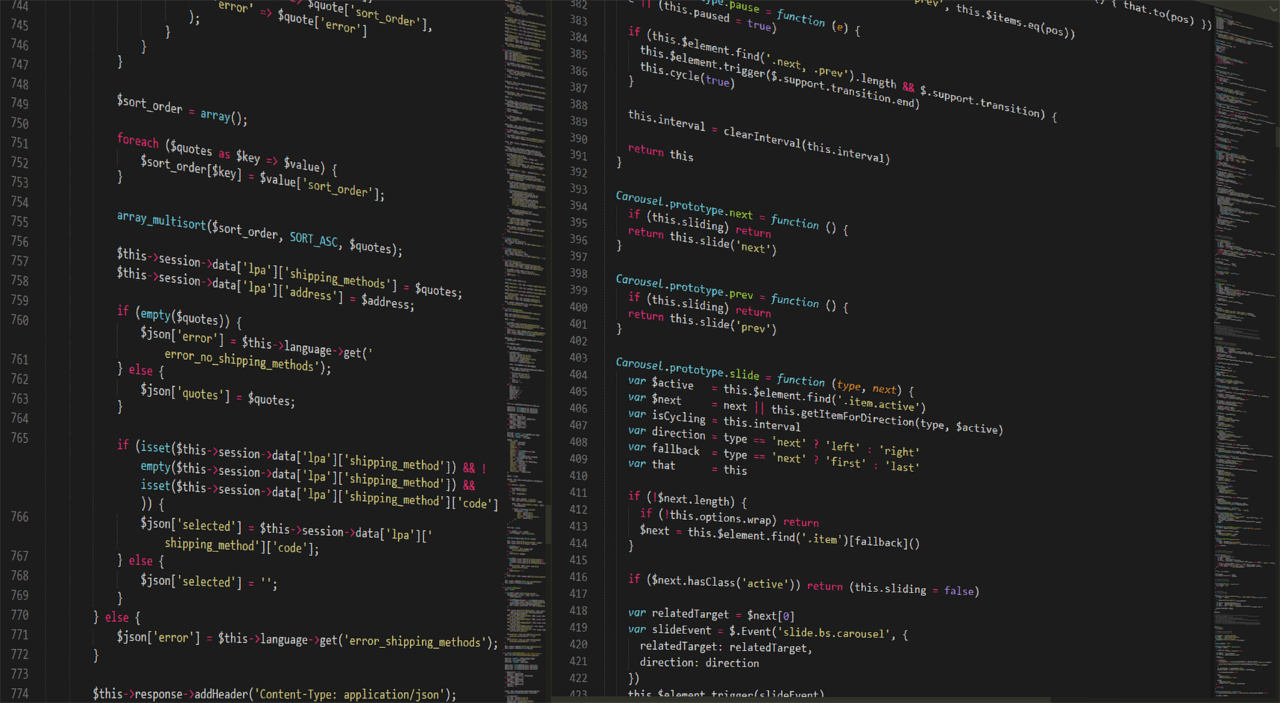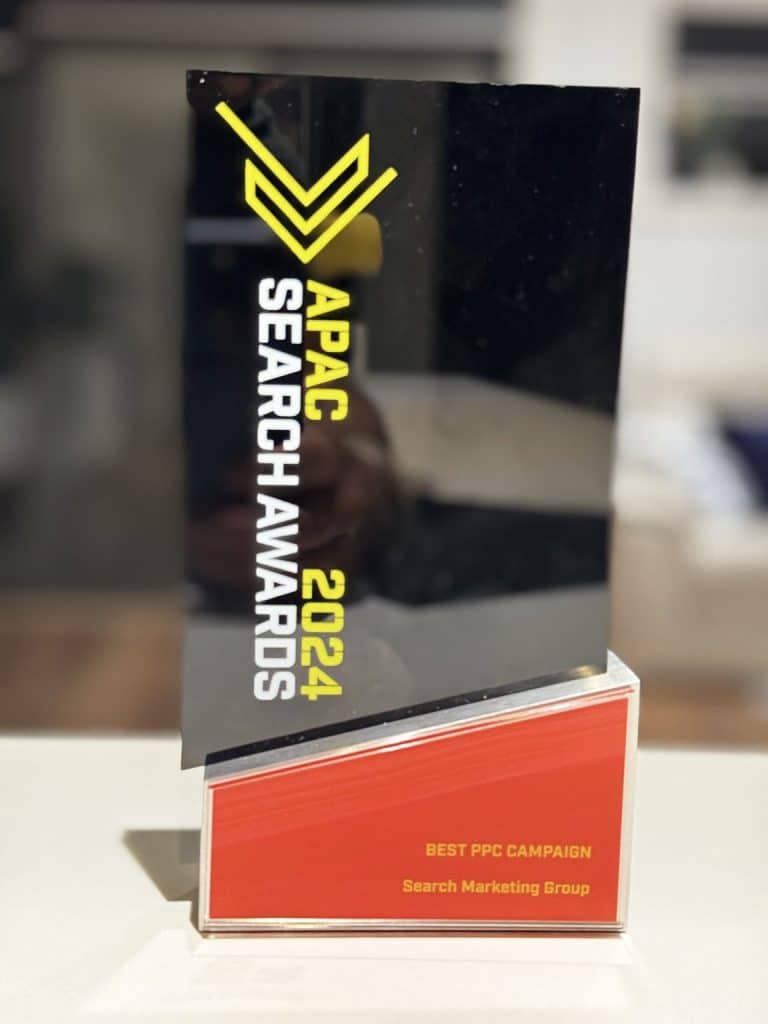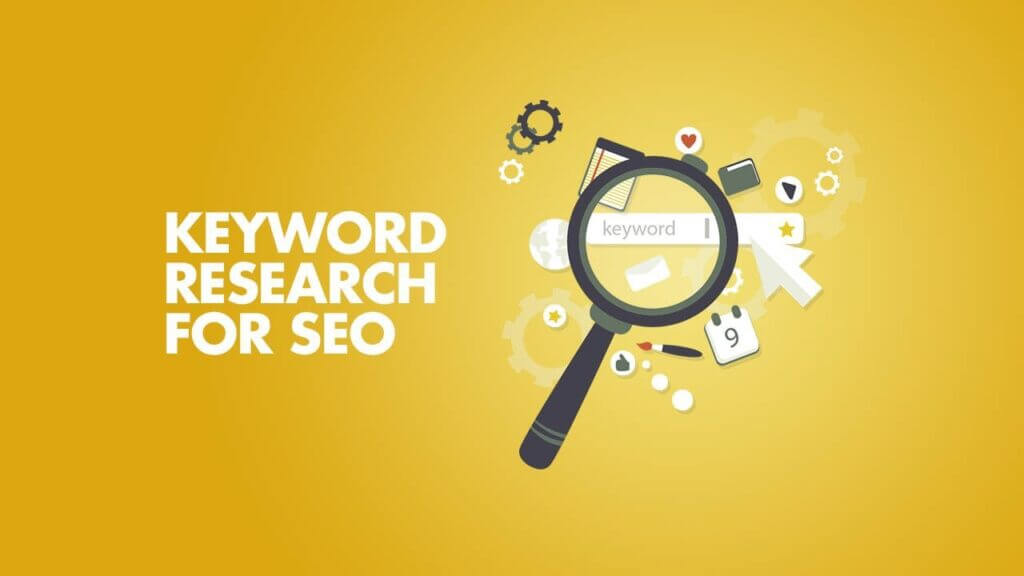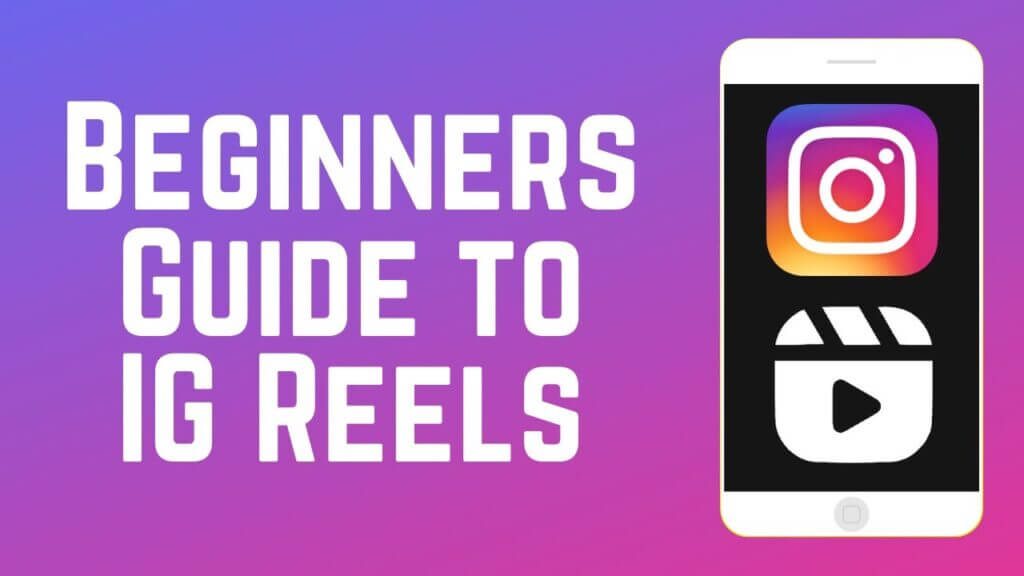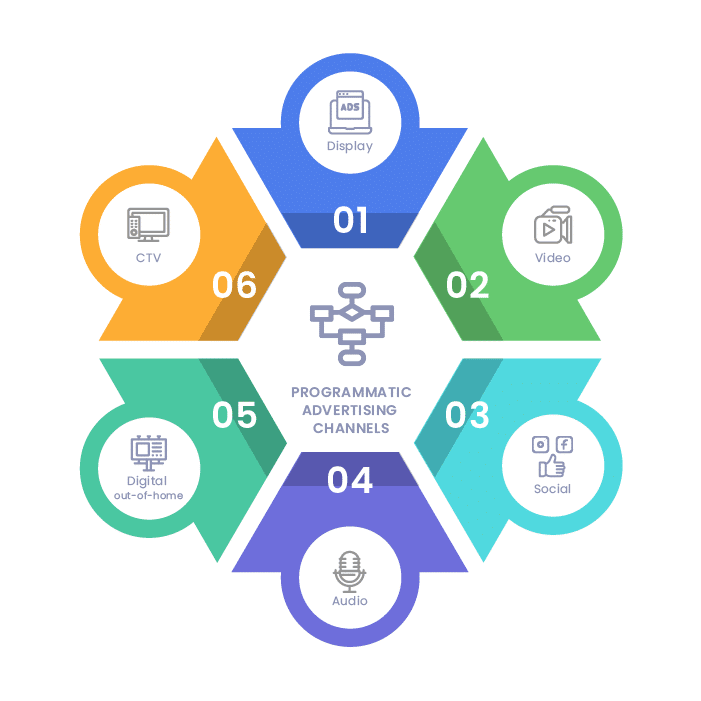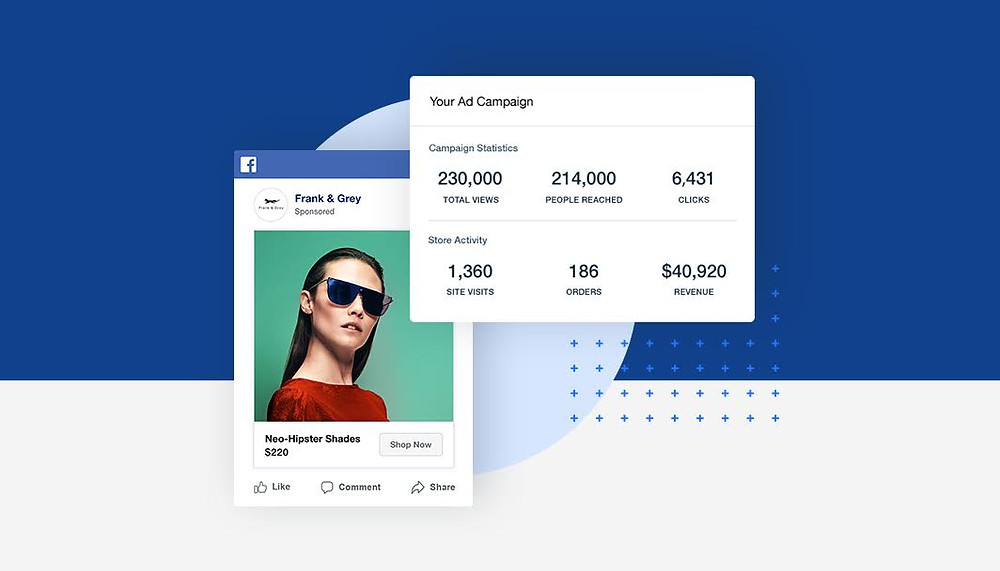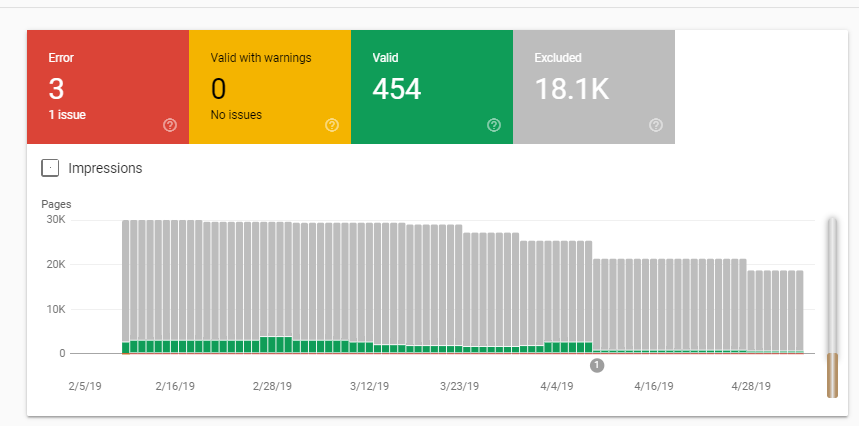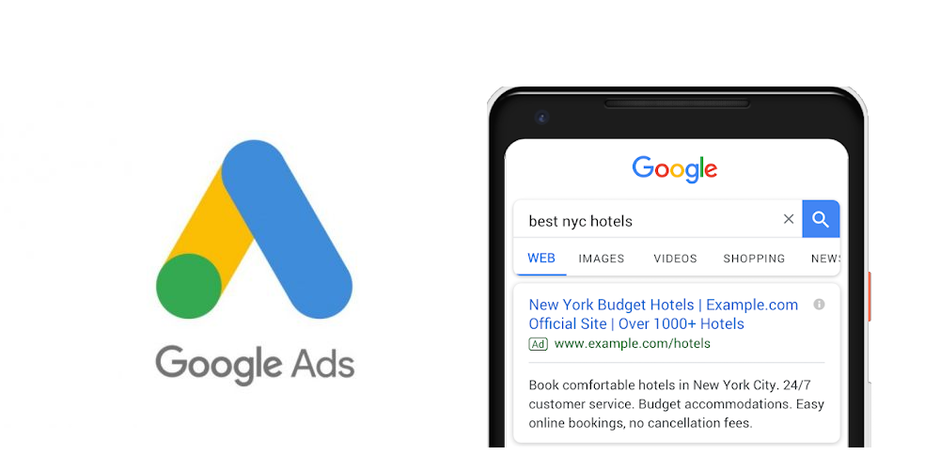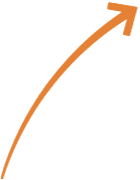How to Use a .htaccess File
The .htaccess file is not well-known, but it can dramatically affect SEO rank. In addition, accessing this file requires a web-based FTP client. However, it is important because it sends crawlers directly to the XML sitemap file. This sitemap file is perhaps the most crucial thing for crawlers to see because it describes the site’s pages along with ranking them by importance and how recently they were created. This will increase your site’s PageRank for the most relevant and recent material you have added.
How to use Robots.txt File
A robots.txt file is used to direct crawlers and bots. It tells them what files they should not visit. This can be done to avoid diluting your keyword density with less relevant pages as well as for other reasons. Regardless of why you use a robot.txt file, it will need to be put in your domain’s top-level directory to be most visible. There are a few things to remember about this type of file. First, it is accessible to the public. Second, it does not stop malicious crawlers, so you should not have sensitive or private information on pages blocked by this file.
How and Why You Should Optimise Images
Images not only make a page more user-friendly, but they can also improve SEO as well. Once you have found the perfect illustration of your point, give it a descriptive and keyword-rich file name. Then, scale the image down and convert it to a smaller file size. Add a relevant caption and alt text last. This will ensure that every image makes your pages more attractive while contributing its fair share to optimization.
Page Speed Analysis and Improvement
While many consider a slow page speed a mere inconvenience, it is important to search engine bots. Thus, it pays off to get a faster server, compress your code, reduce redirects, and other factors that speed up your website. Google’s PageSpeed site will analyze your website and make recommendations for faster loading.
How and Why to Find and Remove Broken Links
Broken links can be SEO death for a website. They give crawlers a dead end, making your site appear less relevant and up-to-date. In addition, they frustrate people using your website and increase the chances that they will leave and never return. Unfortunately, it is easy to accumulate these, from typing in an address wrong or from the site you are linking to changing their URL without a redirect.
There are several plug-ins and webmaster tools for finding broken links. However, the easiest way is to uses Google Webmaster Tools. Go to Diagnostics and click on Crawl Errors, then Not Found. View the pages with broken links and fix or change them.
How to Best Use 301 Redirects
301 redirects are essential in search engine optimization because they are the only type of redirect that does not carry a penalty. It is best to program them through your server using the .htaccess file. 301 redirects are essential to SEO Perth in a few cases. First, use them when you have moved to a new domain so your users can continue using the former website name. Second, use them when using multiple URLs for the same page, including www and non-www addresses. Choosing a canonical page and redirecting will save a website from getting penalized for duplicate pages. Last, use 301 redirects when you are merging websites or merging pages.
Reverse DNS check
A reverse DNS check looks at your ‘neighbors’, or other websites that share your IP address or similar addresses. Major search engines have not been clear about whether having bad neighbors will affect search engine ranking, so it is a factor to consider. If you do a reverse DNA check and find that there is a great deal of spam or explicit content among your neighbors, consider getting a web host that is more vigilant about weeding out unsavory websites.
Advantages and Disadvantages of Javascript
Javascript has many advantages that make it attractive for programming, but it can be an SEO challenge. It is simple to write and user-friendly, which are both incredible advantages. The first challenge of Javascript is that it gives bots a lot to crawl. This decreases the relative importance of other code while also decreasing the chance of a bot recognizing essential keywords and links. The answer to this is simple: never put a link or other important SEO content in Javascript. Second, externalize your Javascript code when possible. However, having a small amount of Javascript on a page full of relevant, optimized content won’t be a problem.
What Is Over-Optimisation
Since the recent Google updates, being over-optimized can be even more damaging than not being optimized. However, there is a happy medium. Use each keyword or phrase as no more than 2-3% of words; give pages organically worded headers and footers rather than a string of keywords. There should be no penalties as long as keywords are used naturally and at a high but believable frequency.
Search Marketing Group® can help your website be correctly optimized and work per the guidelines of Search Engines. We have ranked thousands of keywords that generate a high return on investment on Page 1 of Google & other Search Engines.
HTML Markup
Introduction:
HTML is a scripting language formulated to permit site creation. Any other individual associated with the Internet can then see these sites. It is moderately simple to learn, with the fundamentals being open to many people in one sitting and very intense in what it permits you to make. It is continually experiencing updates and development to meet the requests and prerequisites of the developing Internet crowd under the bearing of the association accused of planning and keeping up the dialect. The meaning of HTML is Hyper Text Markup Language. Hyper Text is the technique by which you move around on the web by tapping on unique content called hyperlinks, which convey you to the following page. The way that it is hyper just means it is not straight, meaning you can go to wherever on the Internet at whatever point you need by tapping on connections; there is no set request to get things done in.
Markup is the thing that HTML labels do to the content inside them. They check it as specific content (emphasized content, for instance). HTML is a language with code words and grammar like some other dialects.
How does it work?
HTML comprises a progression of shortcodes written into a content document by the site creator — these are the labels. The content is then spared as an HTML record and seen through a program similar to Internet Explorer or Netscape Navigator. This program peruses the document and interprets the content into a noticeable frame, ideally rendering the page as the creator had expected. Composing your particular HTML involves utilizing labels effectively to make your vision. You can use anything from a simple content manager to an intense graphical proofreader to create HTML pages.
Ranking with SEOs:
Web indexes like Google are PC programs perusing your site as content and HTML code. While they isolate the HTML code from the substance on your site, they can’t see your article the way you do. This implies pages that utilize non-standard or inadequately built HTML is more complicated for the web indexes to list with certainty. In the event that you make it simple for web indexes to comprehend your substance, they’ll reimburse you with a higher inquiry rank and, more precisely, place your substance in list items. This prompts fewer skips and more rewards from the motor after some time. Remarkable website improvement requires a parcel of detailed work, and this is an establishment that you should be adequate.
Creating hyperlinks:
Hyperlinks are genuinely essential for website creation. There are numerous different components in HTML for arranging content, which we didn’t get to in the HTML content essentials article. The components here are less notable, yet at the same time, valuable to think about. Here you’ll find out about increasing citations, portrayal records, PC code and other related content, subscript and superscript, contact data, and others.
Image Alt Tags
What is an Alt Tag?
An alt tag or alternate tag is a credit added to a picture tag in HTML. This text appears inside the image container when the image cannot be displayed. It helps search engines understand what an image is about. Alternate text is also constructive in case images on a page cannot be found. Screen readers use an alt tag or alt text, the browsers used by blind and visually impaired people to tell them what is on the image. The title attribute is shown as a tooltip when you hover over the element, and it is the default description for a pinned image on Pinterest. We recommend our clients utilize alt content with their pictures. An advantage is that it helps search engines discover and display your photos in image search results. The other benefit is that these tags improve the accessibility of your site and explain your images to people with special needs. Search engines, notably Google, claim they only focus on alt tags as a ranking factor for images. However, this does not mean that they completely ignore the title attribute. Try adding different texts in both attributes using keywords that describe your images.
Also, remember not to stuff too many keywords into alt and title tags. Instead, compose certain and accommodating tags that depict the picture. You must name the filenames of your images related to the image’s content. In other words, an image file called DSC43879.JPG or FINAL3.JPG means nothing to Google. Plus, such file names help users across the image using Google image search. You are doing this stuff anyway, so just name the file something meaningful. Google’s entire search empire is founded on giving users the best results for what they’re looking for. It protects that reputation fiercely, which is why it invests so much time and energy into anti-spam efforts.
If you’re jamming 20 or 30 keywords into your ALT tags, Google doesn’t like that. Keyword stuffing frowns upon no matter where it’s done. 125 characters are the recommended maximum length for the ALT attribute, but 4 to 7 words seem to be widely regarded as the sweet spot. If your image is an image of a specific product, include both the full product name and the product’s product ID in the alt tag so that it can be easily found. In general: if a keyword would be helpful in locating something on the image, include it in the alt tag if you can.
Instructions to compose great ALT Tags:
• Each alt tag must contain your concentration catchphrase for your post
• Think of them like tweets. They ought to concisely depict the picture
• Draft a novel, supportive alt tag for each picture. Try not to copy alt tags
Where do you compose ALT Tags?
There are a few places inside the WP Admin where you can insert the Alt Tags; I commonly include it when inserting the picture into the page. When you transfer a photo in WordPress, you can set a title and an alt characteristic. By default, it uses the image filename in the title attribute, which copies to the alt attribute if you have no ALT attribute. This is better than writing nothing, but it’s relatively poor. You should set aside the opportunity to make appropriate ALT Tags for each picture you add to a post.
Examples of Good Alt Tags:
The good examples genuinely portray what is occurring in the picture. The bad example is too general. According to this study, each image can have about 17 words for an ALT Tag. This is an excellent opportunity to take advantage and use keywords.
Example 1:
Good Alt Text: A long-haired businesswoman writes plans at her desk.
Bad Alt Text: Woman working.
Example 2:
Good Alt Text: A black and white dog with its head out of the window happily going on a drive
Bad Alt Text: Dog in the car.
One More Thing To Know…
Photos and other images can raise your search engine ranking and bring in a great deal of traffic if you handle them correctly. Giving them titles is essential, but using the Image Alt tag is crucial. Image Alt tags allow you to assign keywords to an image. These do not appear on your page but are read by crawlers as a description of what is in your photo. They are easy to code and can raise a page’s rank a significant amount in a specific change. These tags are essential for websites with many images and photos.
Canonical Tags
You might be thinking about the canonical tag and how it relates to SEO and your website. It is essential to understand the reason for this tag. When you have more than one page with the same content, a search engine crawler does not know how to prioritize. It often chooses the wrong page as the most important or splits query results between the two. Both of these can be disastrous. So that is why you must look into ensuring that the canonical tag that you have is working at 100% efficiency. It can make the difference between having a successful SEO campaign and wasting your money.
What Is a Canonical Tag? It helps with duplicate content.
Naturally, there would be duplicate information across websites. That is just how things are sometimes, as many businesses are trying to get a similar message across (mostly with tags or sayings or mottos). The problem arises when Google comes searching for those pages and actively looks for duplicate content. It struggles to find which carrier is the source content and will either a) punish the site for having copied information or b) weakens the search rankings because it doesn’t know what is what.
How Does It Work? It sends a signal to Google that it is the original content.
This is where the canonical tags come to the fore. They are used to declare which page is the home of the “original” content, aka the source. This is used to reference the URL you are using for that page. This will signal to Google that this is the source, and this will avoid any problems you have with duplicate content. The canonical URL tag should be used whenever there is more than one on the same page. In addition, you should avoid giving contradictory canonical tags–that is, marking two on the same page with the tag–because this negates the benefit of the tag. Google will recognize it as the source URL and will not punish you in any way.
What Does It Have To Do With SEO? Everything… can impact it negatively.
As we mentioned, Google and other search engines do not take too kindly to seeing copied content across websites. To them, it looks like you are potential “keyword stuffing” (overloading your page with keywords so that you get a higher rank and bring in more users). If Google does pick up that there is duplicate content on the website, it will punish you by dropping your rankings on its search engine. What does that have to do with your SEO?
Well, everything. Your SEO aims to get a higher ranking on search engines like Google. The higher you rank, the more leads you get, the more extensive branding you establish, and the large audience you reach out to. So when it comes to your canonical tags in your URL, getting it right can have a massive impact on your SEO campaign.
Look To Canonical Tags To Help Your Campaign
So if you are looking to manage your duplicate content on your website and ensure that your SEO campaign is running at its premium best, then you have to look to maximize your canonical tags.
URL Structure
Many people don’t realize the importance that comes with URLs. They don’t realize that such a small line of words can have a massive impact on the running of your website and the SEO campaign that manages it. They think it is nothing major. Just a little bit of a whole movement. People don’t know that having the right keywords in the URL and the correct hook can make the most significant difference to your website.
So how do you maximize the potential of your URL?
Many URLs involve long lines of numbers and letters. This is a wasted opportunity! The time here, though, is to ensure the URL is managed correctly and includes the right keywords. It shouldn’t just be letters and numbers mixed. The URL structure can add to a site’s search engine ranking if it is planned to include keywords. And this is where it is essential to ensure that you work on making it a friendly and robust URL structure.
How do you go about completing that?
There are three distinct ways in which you can go about ensuring that your URL is friendly and able to comply with SEO positively. Take a read below and see you can go about ensuring that your URL is friendly:
- Use something meaningful with the URL:
As mentioned above, using keywords in your URL will positively impact your SEO campaign. The idea here is to ensure you can reach out to your audience and guarantee that your URL works to maximum effect. Do not go overboard with numbers or punctuation as well. It will reduce the impact of the URL. Also, make it appealing to the eye. Simple examples like “www.example/keywords” is better than “www.example/131930=12”. Make your URL meaningful. - Make it straightforward:
We are talking about not making the URL work for their desired content. Do not use redirects on your site or have misled with the URL. Maximize the potential by ensuring that the URL links directly to the page you want it to. If that is not the correct page, Google will not look too kindly on you taking users from one page to another. You must focus on ensuring that your URL delivers what it promises. Last, it is best if your URL hints at the organization of your website. For example, mypets.com/furrypets/cats/siamese is a better choice than mypets.com/siamese. - Maximize the best URL for your website:
You might have a website with over a hundred pages. That is way too much to handle. That is why it is essential to select the correct URL so that you maximize your SEO campaign. Not all pages can be used to their full capabilities when it comes to SEO, so it is down to you to be selective and find the correct URL. Go for it so you get the best in the long run.
The sum up to a successful URL structure!
So when it comes to ensuring that your URL structure is of the highest quality and works to the T, you must work on it. Don’t just think it is not essential. A good URL structure should include keywords relevant to the page’s subject. They should also be straightforward. If you have URLs with duplicate content, specify a canonical or preferred URL for them so the search engines don’t reduce your ranking. This will make a difference when you enjoy your SEO campaign’s profits.
Internal Links & Anchor Text
Internal links take visitors and crawlers to other pages on your domain, while anchor text is the actual wording in the link. These are both important to SEO. Internal links help crawlers find every page on your website while establishing a hierarchy. Ideally, each page will have links that take visitors deeper into the website and a topic.
Anchor text for these links is crucial. This anchor text will be associated with the page you link to. Google and other search engines will assume this text is a summary of what the link is about. Use this text wisely with keyword-rich content.
Current Ranking Keyword Analysis
Many people think they don’t have to do anymore once they have researched and integrated keywords into a web page. However, it is essential to routinely analyze what the current highest-ranking keywords are on a page and a website. This can change due to external factors such as links. There are many keyword analysis tools that can be used, many of them free. Running a keyword analysis occasionally and keeping up with what keywords are trending in your field will ensure that you always have a relevant and optimized website.
Key Words
These are the essential words or phrases used by customers in search engines such as Google. It is also a type of online marketing.
Selection of Keywords.
When choosing the keywords for a business website, some essential things should keep in mind:
- Choose the keywords with a medium to the high number of searches (greater than 1000 per month)
- If the market is local, it will reduce the number of competitors for that term.
- For example, use the local keywords if our market is Australia.
- If the market is global, the keywords used for the search must be globally used. It will give a lot of benefits.
- Never overload your website with too many keywords.
- Websites headings are pure in text form. They do not contain images because the search cannot read text-incorporated images.
- The code used behind your website must be programmed correctly.
My keywords
The essential thing we think about is how to find the correct keywords for searching. To solve this problem, Google provides us with the (Google Keyword Planner). Using this, we can easily understand the proper keywords for the products and services search purpose.
Importance of Google keyword planner
Give us information regarding online searches in Australia locally for certain words. The short phrases people search for that products and services.
KEYWORD RESEARCH OBJECTIVE
The objective of keyword research is to generate, with good precision, and recall a large number of highly relevant terms. The process of keywords research involves a few main things:
- Brainstorming.
- Use of keyword research tools.
- Importance of Google keywords planner
- Gives us information regarding online searches in Australia locally for certain words.
- The short phrases people search for that product and service.
- Generate new keywords by combining different keyword lists.
- Create new keyword variations based on the primary keyword.
- We get search volume data and trends from it.
- We get performance and cost estimates.
Why does Google add Keywords?
For connecting with relevant customers on relevant websites across the Web. To reach the right people at the right time. This is what keywords play a role in showing results in search engines. It is a part of everything, whether you go for website building, blog posting, or anything that will appear in search engines like Google.
Key Word Analysis
It is the primary point of search marketing campaigns. It is also an SEO (search engine optimization) used by professionals to find and check the actual search terms that customers enter into search engines. To achieve the best SEO results, it is crucial to pick the most relevant word .it is good practice to pick keywords with little competition and high searches. Most importantly, the keywords with no monthly searches generate no traffic and are useless for SEO.
Text-to-Code Ratio
The text-to-code ratio is the rate of a website page with genuine text content. It is trusted that web search tools “like” locales have a high text-to-code proportion, which would help your SEO. There is no official meaning of what a text-to-code ratio is. This instrument works by doing its best to expel all HTML labels, JavaScript, and all other non-content information from your HTML. At that point, it takes the span of what’s left and partitions that by the extent of the entire page. If you’ve been handling the website composition group for some time, you may have heard individuals discussing your “text to code” proportion and how it can influence your SEO rankings in Melbourne.
This is the possibility that the more text and less “code” you have on your page, the less demanding it will be for the web search tools to comprehend, and the better they will record it subsequently. You’ll see a tonne of exchange on SEO gatherings and websites about this and even discover text-to-code ratio calculators online too. You can simply connect to your URL, which will disclose your proportion.
Does your text-to-code ratio matter in Australia?
A page’s text-to-code ratio measures the amount of substance contrasted with the structure. For instance, expect your page to be 1,000 bytes. In the event that 700 bytes are utilized for HTML labels and installed CSS or JavaScript, 300 bytes would be readable content. You would have a content proportion of 3:7 or a percentage of 30%.
Website streamlining:
Some SEO specialists in Melbourne assert that higher content proportions enhance search engine positions. I’ve even observed 42% as a phenomenal flawless rate, which will support your Google Page Rank. Also, some people don’t believe the text-to-code ratio significantly affects SEO. After all the things considered states that Google disregards text past the initial 100Kb, so more extensive pages could profit from a higher text ratio. So, in case you’re surpassing 100Kb, it is recommended that splitting documents into a few more dynamic pages would be a more valuable SEO workout.
Code Efficiency:
By and large, it’s best practice to utilize the minimal measure of code. Superfluous labels add extra page weight, slower downloads, and more wasteful program rendering. It likewise makes your code harder to keep up. Your text-to-code ratio will fall if your pages are lightweight and utilize spotless, semantic HTML with outside CSS and JavaScript documents. There are a couple of exceptional cases in Australia;
- Shorter pages will have a low text ratio since you require a minimum number of code components to make a legitimate HTML report.
- Media-substantial pages, for example, a display with pictures or recordings, commonly have low content proportion.
- Flash or Ajax-fueled web applications might not have any substance at all — but instead, it’s still there.
All in all, however, a text-to-code ratio that surpasses half is achievable on most content pages in Melbourne. Every page has a certain amount of text and HTML; it’s unavoidable. Generally, an acceptable ratio of text to code is 25-70%. However, more text is better as search engines favor content increasingly. You can lower the amount of HTML code by removing unnecessary and blank spaces while using CSS and other non-HTML code for visual elements.


